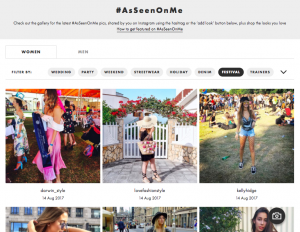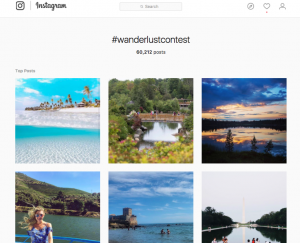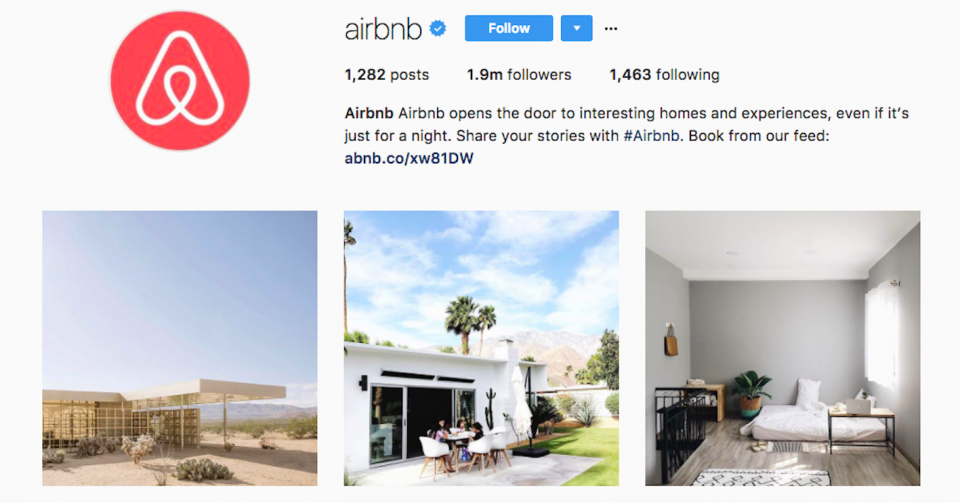As a tech startup owner, you’re faced with a multitude of challenges and anxieties as you think of ways to grow your business. Budgeting, resourcing, manpower, business development are all high up on the list, but so is marketing, which often doesn’t get the due it deserves. That’s because startups don’t know where to begin and have trouble identifying key priorities. And we get it — with so many options and so much jargon thrown around, it can be a confusing.
Take a step back, breathe and focus on one thing at a time. Here’s a few tips to help you determine your marketing priorities:
Audience group
Get the ball rolling by identifying your target audience. What are you trying to sell and who is it for? Do you have a brand voice in place? If not, focus on concurrently establishing your brand voice.
Whatever your end product or service is, defining your audience group allows you to identify the best marketing and media channels allowing for a more streamlined marketing strategy. For example, if you’re in the business of developing a payroll system, consider channeling your funds towards platforms such as LinkedIn and Twitter for your digital marketing, instead of consumer-facing platforms such as Instagram and Facebook.
Budget
Here comes the word that no startup owner wants to hear – budget. As a startup running on a lean budget, every dollar counts, but that doesn’t mean compromising on marketing. Expensive marketing doesn’t necessarily equate to good marketing and vice-versa. Relying solely on your product attributes sounds idyllic, but more often than not, it isn’t enough.
We’re living in a digital age and this means you should take advantage of online channels and social media – after all, it’s free to use and easy to set up. Also, explore other avenues such as user-generated content, blogs and white-papers instead of spending money on advertising.
Define outcomes
Every marketing campaign has to have clearly defined outcomes and objectives. To do that, you need to identify where your company sits in the growth cycle. If it’s still early days, brand awareness and data generation should be part of your KPIs. The data you acquire from these efforts will help define future campaigns too.
However, if you’re startup has taken off beyond the brand awareness stage, you should focus on ramping up sales and building a lead gen pipeline, meaning it’s time to reassess your marketing priorities and make necessary shifts.
For B2B brands this means focusing on content marketing, while consumer-facing startups may consider giveaways and social media flash deals to excite their consumers. User-generated content is a great way to create buzz around your brand — not only is it free, it also considerably improves brand engagement.
Suggested reads:
- 4 step guide to defining your brand voice
- How to turn user-generated content into digital marketing gold
If you need help getting started with your marketing priorities, drop us a note at [email protected]







